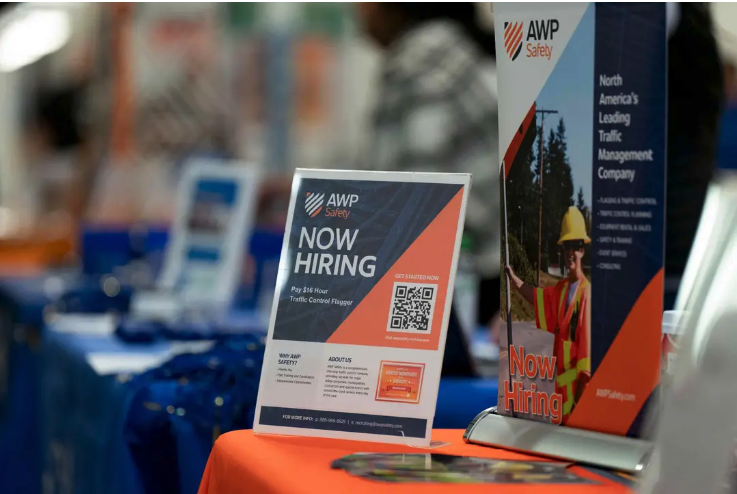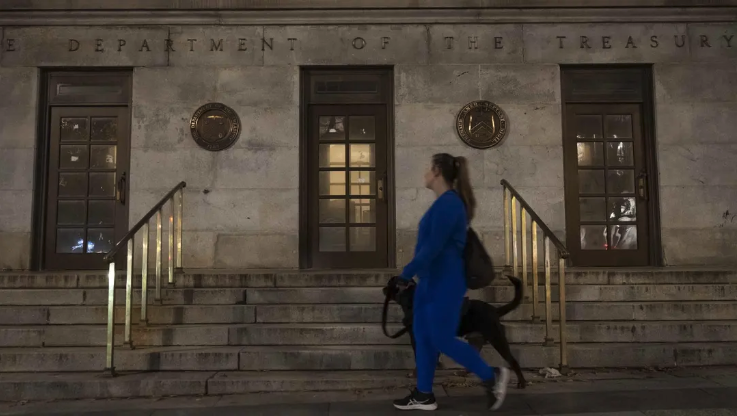Starbucks Workers Strike on 'Red Cup' Day
On Thursday, more than 1K employees at coffee giant Starbucks went on strike across the US. The strike took place on 'Red Cup Day', usually the most profitable day of the year for the company.

Facts
- On Thursday, more than 1K employees at coffee giant Starbucks went on strike across the US. The strike took place on 'Red Cup Day', usually the most profitable day of the year for the company. The event often sees customers queue from the crack of dawn to receive a complimentary reusable travel cup with eligible orders.
- More than 100 stores faced walkouts, with members of Starbucks Workers United — the organized workers union which represents almost 7K employees at hundreds of stores — attempting to force the closure of branches.
- The strike was held to protest against current conditions, as well as attempt to push Starbucks' leaders to do more to recognize unionization and engage in dialogue with unions nationwide. Thursday's so-called "Red Cup Rebellion" represents the "biggest coordinated national action taken by union Starbucks stores in the campaign's history," according to an email sent to media and union members by its leaders.
- Tyler Keeling, a California-based Starbucks employee and union supporter, said of the protests: "We've chosen to strike today, on Red Cup Day, intentionally." He continued: "We want everyone, including Starbucks, to know that we know our rights and are acting within the law, and we want the contract that we are legally entitled to. We're ready to bargain when they are."
- Starbucks stands accused of refusing to bargain with unions and adopting anti-union tactics, including sacking unionizing employees and closing some stores. The National Labor Relations Board (NLRB) has even lodged formal complaints regarding working practices against Starbucks, accusing it of introducing wage rises and new benefits exclusively to stores that hadn't unionized or were not in the process of doing so.
- Around 260 company-owned branches of Starbucks have voted to unionize in the past year. Although organizing efforts represent a mere fraction of almost 9K company-operated locations in the US, the wave of unionization has garnered attention and prompted similar efforts by workers in companies such as Trader Joe's.
Sources: NPR Online News, Washington Post, ABC, Axios, New York Times, and NBC.
Narratives
- Pro-establishment narrative, as provided by Fox News. The pay and working conditions at Starbucks are exceptionally competitive. In August this year, the average wage for staff reached $17 per hour, while the direct engagement of company leadership with employees to better understand what reform is needed in stores has resulted in increased training time and support for staff. There is no need to unionize.
- Establishment-critical narrative, as provided by The Guardian. Starbucks' workers' efforts to unionize — with the aim of collectivizing their bargaining power to negotiate fair wage increases and better working conditions — have been unfairly hampered by the union-busting tactics of their employer. Claims of retaliation against workers and unfair labor practices are being investigated and, in the meantime, company representatives should come to the table and negotiate improvements.






